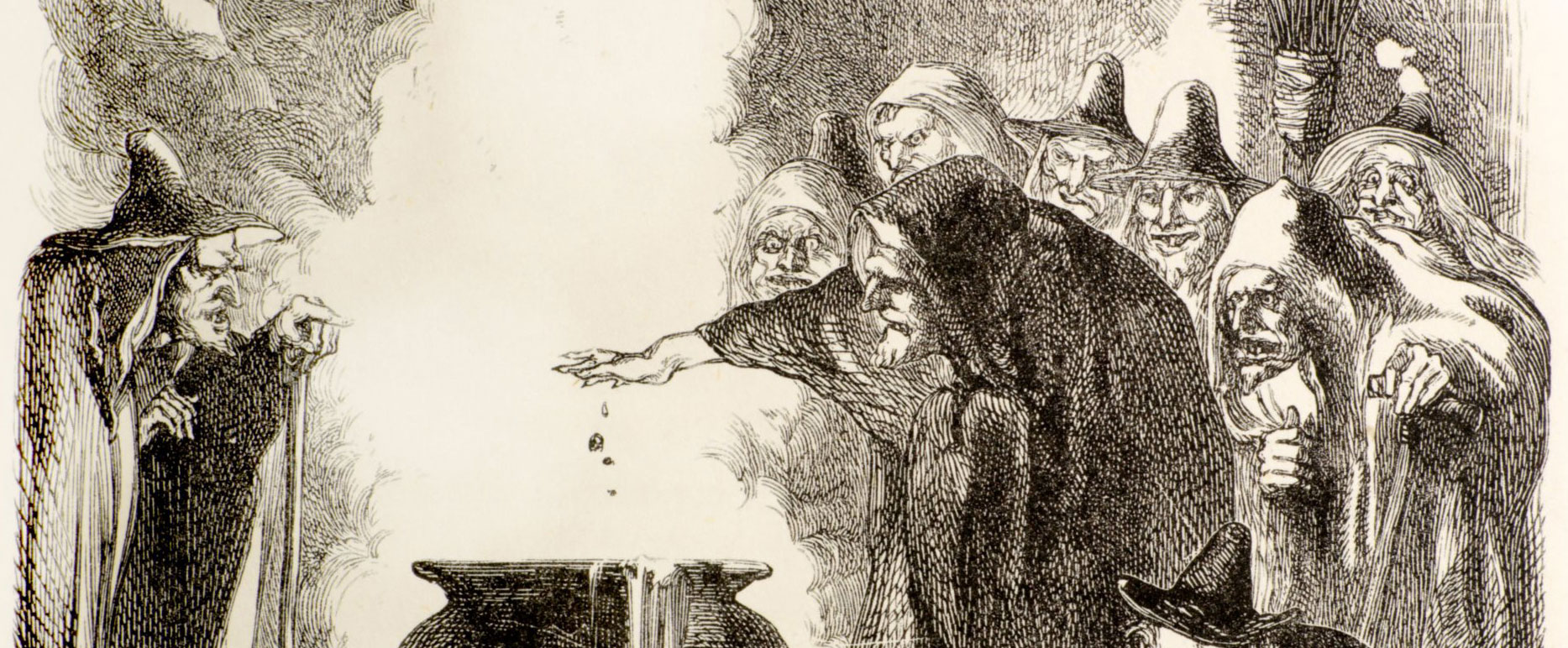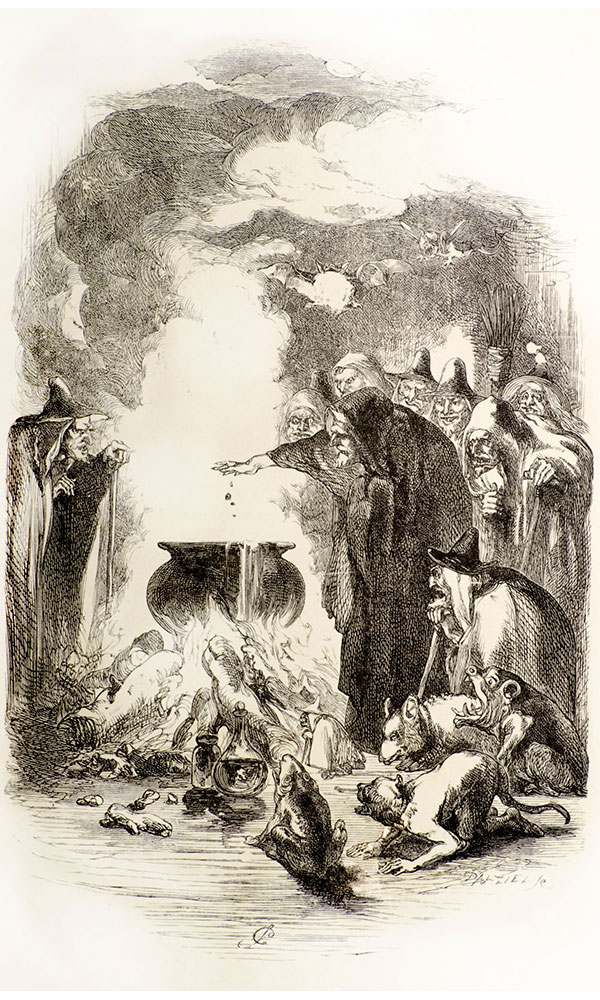ANNAPOLIS, MARYLAND—Environmental historians Lee Mordechai and Merle Eisenberg of the University of Maryland argue that the outbreak of bubonic plague during the reign of Roman Emperor Justinian in the mid-sixth century A.D. was not a catastrophic event across the Mediterranean region, according to a Science News report. Historians have long blamed the Justinianic plague outbreak as a contributing factor in the decline of the Roman Empire. But Mordechai and his colleagues cite historical texts and archaeological evidence—including a lack of increase in the number of mass graves, the continued cultivation of farmland near eastern Mediterranean trade routes, few plague references in historical texts and stone inscriptions, and stable coin circulation during the sixth century—as support for the idea that the outbreak of disease had a modest impact on social structure. Additionally, samples of the Yersinia pestis bacteria obtained from sixth century skeletons have not been found to be ancestral to the strain of Y. pestis responsible for the devastation of the Black Death in the fourteenth century. To read about an earlier form of the Y. pestis bacterium that was circulating almost 4,000 years ago, go to "Bronze Age Plague," one of ARCHAEOLOGY's Top 10 Discoveries of 2018.
New Thoughts on the Impact of the Plague of Justinian
News December 3, 2019
Recommended Articles
Digs & Discoveries September/October 2025
Law & Order
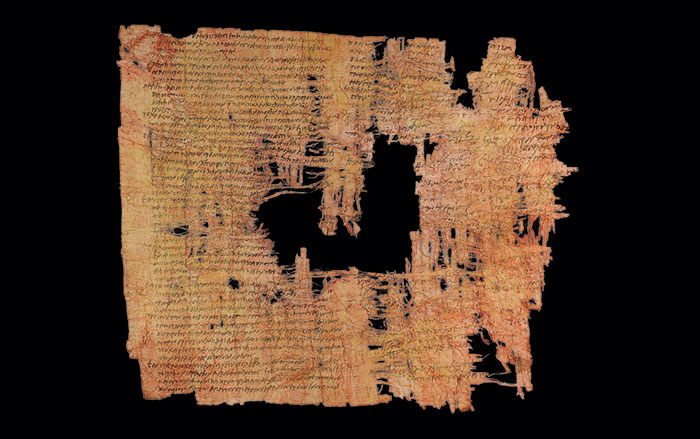
Features September/October 2025
Myth of the Golden Dragon
Eclectic artifacts from tombs in northeastern China tell the story of a little-known dynasty

Features March/April 2025
An Egyptian Temple Reborn
By removing centuries of soot, researchers have uncovered the stunning decoration of a sanctuary dedicated to the heavens
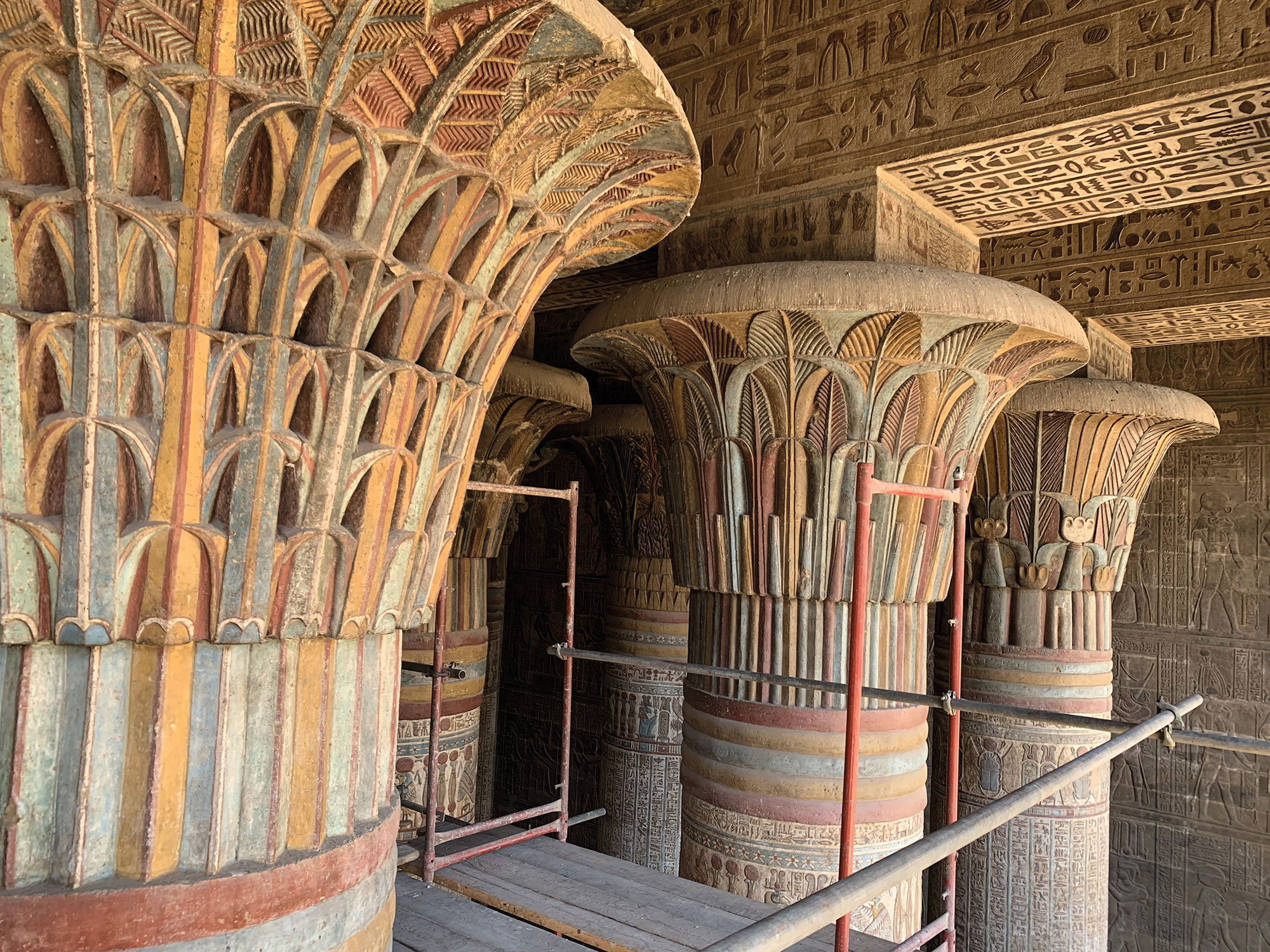
Features January/February 2025
Unearthing a Forgotten Roman Town
A stretch of Italian farmland concealed one of the small cities that powered the empire
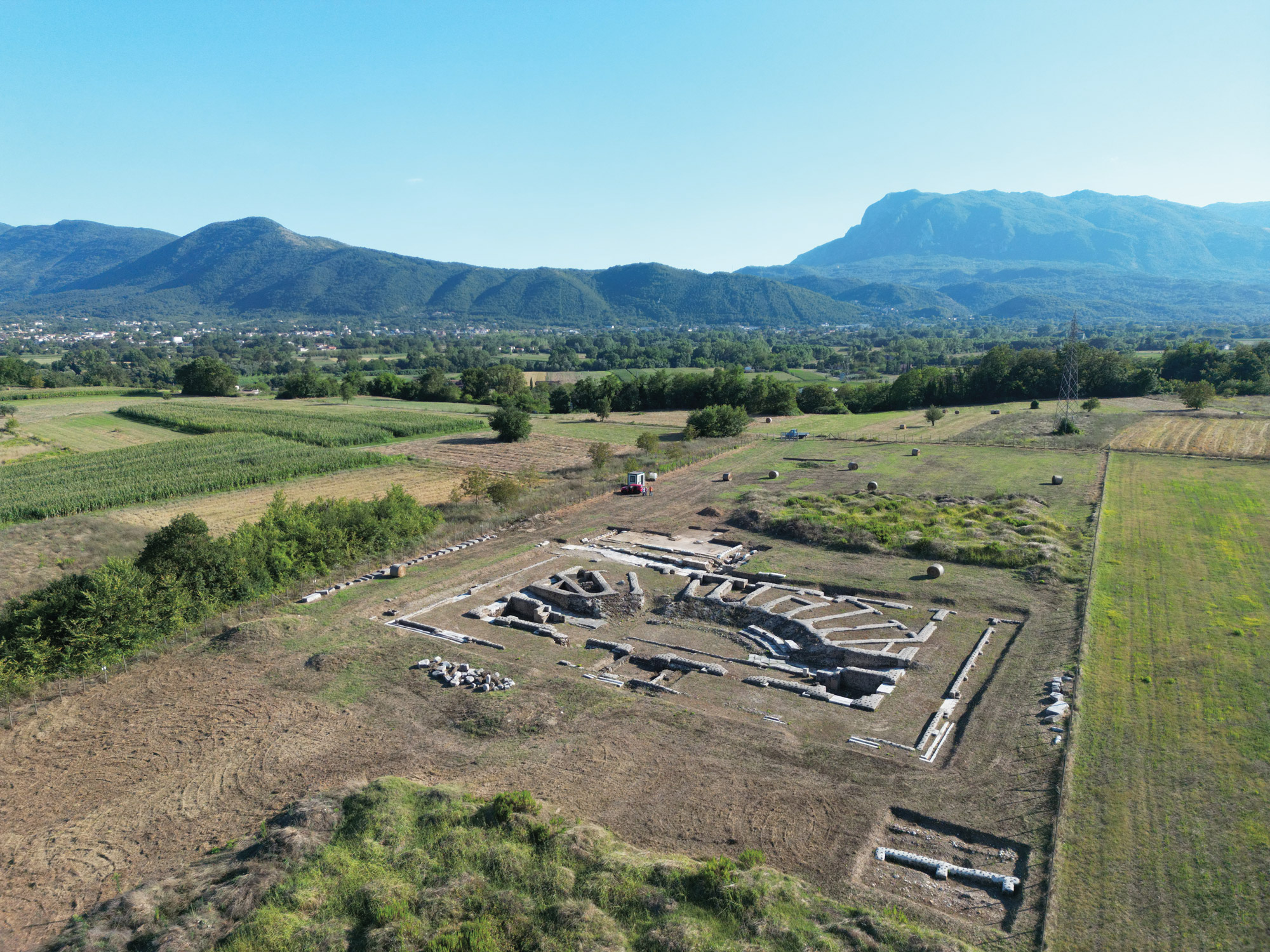
-
Features November/December 2019
Artists of the Dark Zone
Deciphering Cherokee ritual imagery deep in the caves of the American South
 (Alan Cressler)
(Alan Cressler) -
Letter from Jordan November/December 2019
Beyond Petra
After the famous city was deserted, a small village thrived in its shadow
 (Ivan Vdovin/Alamy Stock Photo)
(Ivan Vdovin/Alamy Stock Photo) -
Artifacts November/December 2019
Australopithecus anamensis Cranium
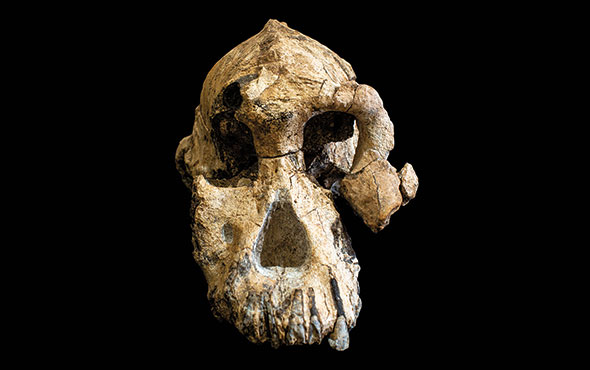 (Dale Omori/Cleveland Museum of Natural History)
(Dale Omori/Cleveland Museum of Natural History) -
Digs & Discoveries November/December 2019
Proof Positive
 (Erich Lessing/Art Resource)
(Erich Lessing/Art Resource)


